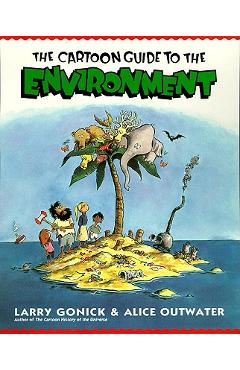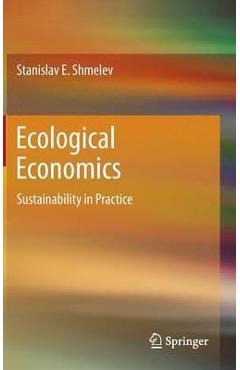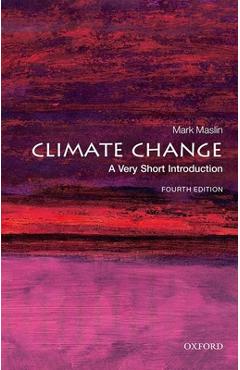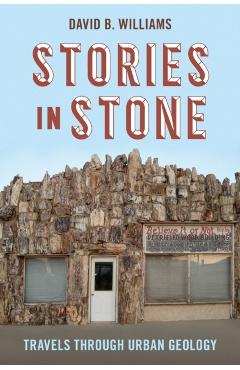Geoecology of California and Nevada Landscapes
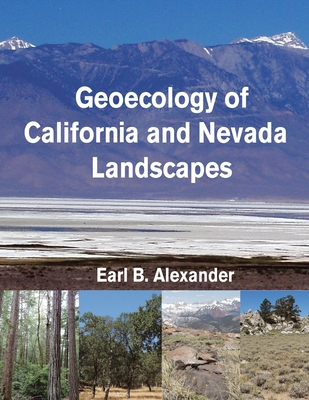
Geoecology of California and Nevada Landscapes
The appreciation and wise use of our natural environment depends upon our understanding of the ecological, or geoecological, systems in it, and how the systems might be impacted by human activities. Understanding the natural systems, or geoecosystems, entails knowledge of the geology, landforms, soils, and biotic communities in them. Holistic understanding of the systems involves integration of the geological, landform, soil, and ecological aspects of them. The geoecosystem concept is most readily applicable at the multiple hectare (or multiple acre) scale. At a continental scale, geographers have recognized a hierarchy of physical divisions across North America with province and section categories. Geologists have modified the sections in California and Nevada and called them geomorphic provinces. Twelve of the chapters in Geoecology of California and Nevada Landscapes correspond to the geomorphic provinces. These provinces are differentiated primarily by geology and physiography. Within each province, or in subdivisions of the provinces, the geoecosystems are characterized by the landforms, soils, and vegetation in them. Maps showing the distributions of geoecosystems are very important for land use planning. J. Omnerick and his associates (1987) have developed a hierarchical system of ecological system classification "designed to serve as a spatial framework for the research, assessment, management, and monitoring of ecosystems and ecosystem components" (Griffith et al. 2016). Maps showing the distributions of ecological units in California and Nevada are available from the US Geological Survey (Griffith et al. 2016, Bryce 2003). They can be very useful supplemental documents for readers of Geoecology of California and Nevada Landscapes.
PRP: 351.25 Lei
Acesta este Pretul Recomandat de Producator. Pretul de vanzare al produsului este afisat mai jos.
316.12Lei
316.12Lei
351.25 LeiLivrare in 2-4 saptamani
Descrierea produsului
The appreciation and wise use of our natural environment depends upon our understanding of the ecological, or geoecological, systems in it, and how the systems might be impacted by human activities. Understanding the natural systems, or geoecosystems, entails knowledge of the geology, landforms, soils, and biotic communities in them. Holistic understanding of the systems involves integration of the geological, landform, soil, and ecological aspects of them. The geoecosystem concept is most readily applicable at the multiple hectare (or multiple acre) scale. At a continental scale, geographers have recognized a hierarchy of physical divisions across North America with province and section categories. Geologists have modified the sections in California and Nevada and called them geomorphic provinces. Twelve of the chapters in Geoecology of California and Nevada Landscapes correspond to the geomorphic provinces. These provinces are differentiated primarily by geology and physiography. Within each province, or in subdivisions of the provinces, the geoecosystems are characterized by the landforms, soils, and vegetation in them. Maps showing the distributions of geoecosystems are very important for land use planning. J. Omnerick and his associates (1987) have developed a hierarchical system of ecological system classification "designed to serve as a spatial framework for the research, assessment, management, and monitoring of ecosystems and ecosystem components" (Griffith et al. 2016). Maps showing the distributions of ecological units in California and Nevada are available from the US Geological Survey (Griffith et al. 2016, Bryce 2003). They can be very useful supplemental documents for readers of Geoecology of California and Nevada Landscapes.
Detaliile produsului














